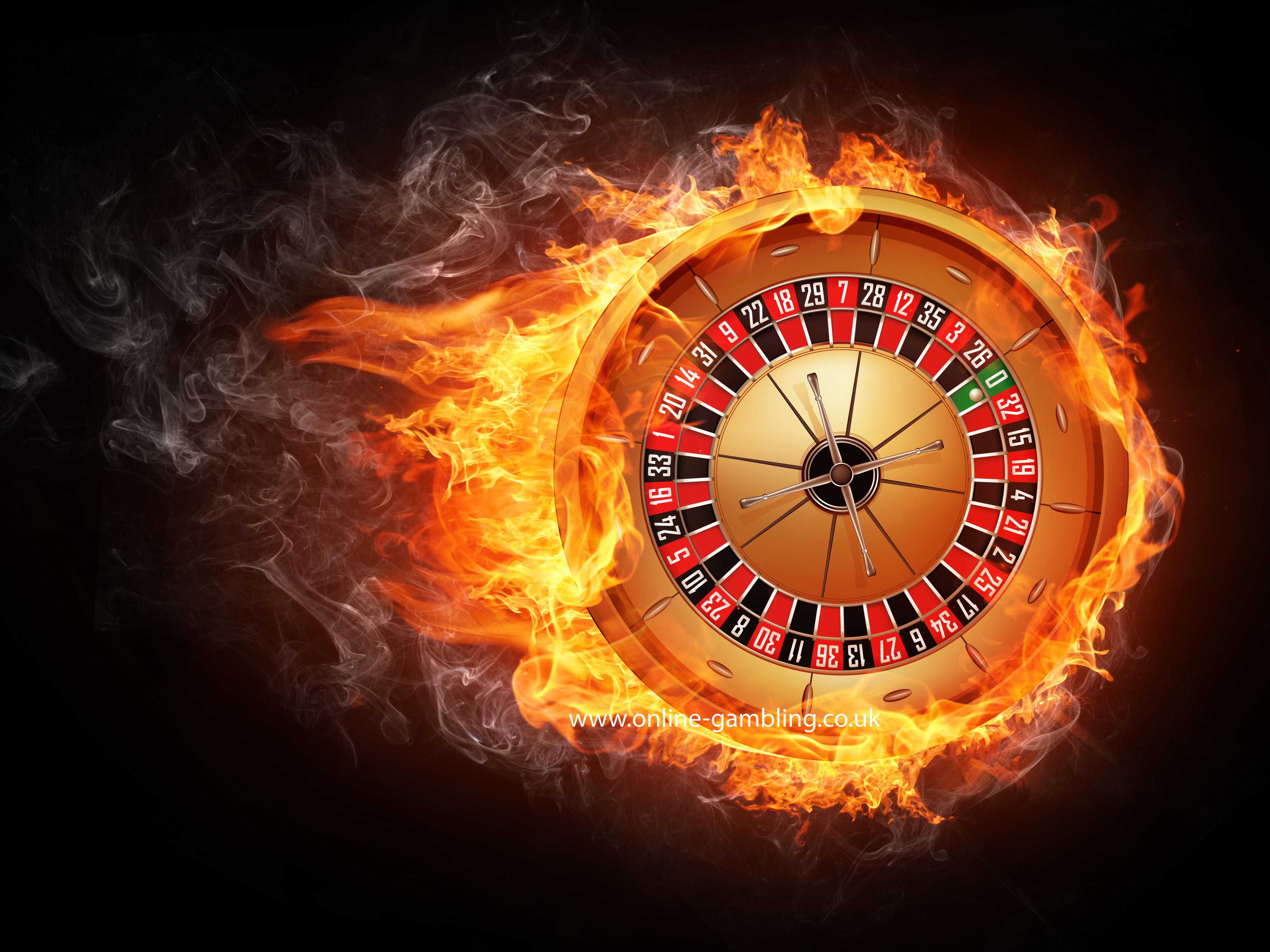
Within the dynamic and thrilling world of gaming establishments, wherein fortune and strategy intertwine, hues and design play a critical role in attracting players. As soon as players step into a casino or log into a gaming website, they are immersed in a visual feast that captures their attention and entices them to explore further. Bright colors, captivating graphics, and creative layouts are meticulously crafted to create an environment of excitement and expectation, ultimately enhancing the gaming encounter.
As gamblers navigate through the ever-changing landscape of casino games, they come across a range of designs that not only serve aesthetic purposes but also influence emotions and decision-making. Colors like scarlet and gold symbolize wealth and fortune, while calm blues and greens can create a much tranquil environment. Grasping how these elements function together enables casinos to create an welcoming and stimulating atmosphere that encourages players to engage with the games, invest additional time at the tables, and increase their overall enjoyment.
The Science of Tint in Gambling Games
Hue plays a crucial role in the creation of casino games, affecting players’ feelings and behaviors. Bright and striking hues, such as crimson and gold, are often used to ignite enthusiasm and draw attention. These hues create a feeling immediacy and vitality, encouraging players to participate more readily with the activity. By strategically selecting hues, designers aim to inspire feelings of joy and anticipation, which can enhance the overall game experience.
Various shades also have psychological meanings that can influence how players perceive their odds of success. For instance, green is often associated with luck and prosperity, making it a frequent choice in games like roulette and poker games. This link can cause players to feel more hopeful and assured in their gameplay, ultimately motivating them to wager more. Grasping these associations allows game designers to design environments that enhance player happiness and engagement.
Furthermore, the layout of gambling game interfaces often employs gradients and contrasting colors to instruct players’ responses. For example, successful combinations may be emphasized with striking, contrasting hues, creating a visual reward. This technique supports favorable outcomes and encourages repeated participation. By exploiting the psychology of color, casinos can create activities that not only attract participants but also keep them involved and invested in their gaming experience.
Design Features that Engage Gamers
The aesthetic appeal of casino games is primarily influenced by the implementation of vibrant colors. Lively and contrasting colors are strategically chosen to create an inviting atmosphere that grabs interest. kubet For instance, reds and golds often signify good fortune and wealth, which is why they are prevalent in the palettes of slot machines and game surfaces. These colors not only attract players in, but they also evoke emotions associated with excitement and anticipation, enhancing the overall gaming experience.
In addition to color, the design and layout of casino games play a significant role in captivating players. Games are designed to be intuitive, ensuring that players can quickly understand the guidelines and gameplay. User-friendly interfaces, along with engaging graphics and motion, help maintain gamer interest and promote longer play sessions. The physical elements, such as the feel of the controls and the audio of the games, also add to a holistic sensory experience that keeps players immersed.
In conclusion, conceptual elements in gaming design can significantly influence player choice. Many gambling games are inspired by media, myths, or exploration motifs, incorporating symbols and characters that resonate with players. These themes create a sense of engagement and connection, making each game feel distinct. When players feel a connection to the theme, they are more likely to choose that game over others, leading to increased participation and excitement within the gambling environment.
Case Studies: Effective Gambling Slot Designs
One noteworthy example of successful casino game design is the popular slot machine series based around popular movies. Games such as those based on the The Wizard of Oz and Game of thrones utilize vibrant colors and top-notch graphics to engage players in familiar narratives. The application of dynamic visuals and captivating sound effects grabs the focus of players, establishing an affective connection to the theme. This strategy merely encourages longer play but also boosts the overall gaming experience, yielding increased player retention.
Another effective case is the use of color psychology in table games like 21 and the wheel. Casinos often design these games with dark reds and greens, colors traditionally linked with luck and wealth. For instance, the green felt on a 21 table provides a soothing effect, while the red accents in roulette invite thrill. This thoughtful use of color helps to establish an inviting atmosphere that encourages players to join in, addressing their psychological impulses and increasing their enjoyment.
Finally, online casino games that incorporate community features and lively, dynamic designs have experienced remarkable success in engaging players. Games like Zynga’s Poker and Slotomania leverage bright colors and playful animations to create an inviting online environment. The integration of leaderboards, community sharing options, and in-game rewards fosters competition and community, pulling players in for longer sessions. Such designs not just make the games visually attractive but also underscore social interaction, a crucial factor in player retention and engagement within online casino environments.
